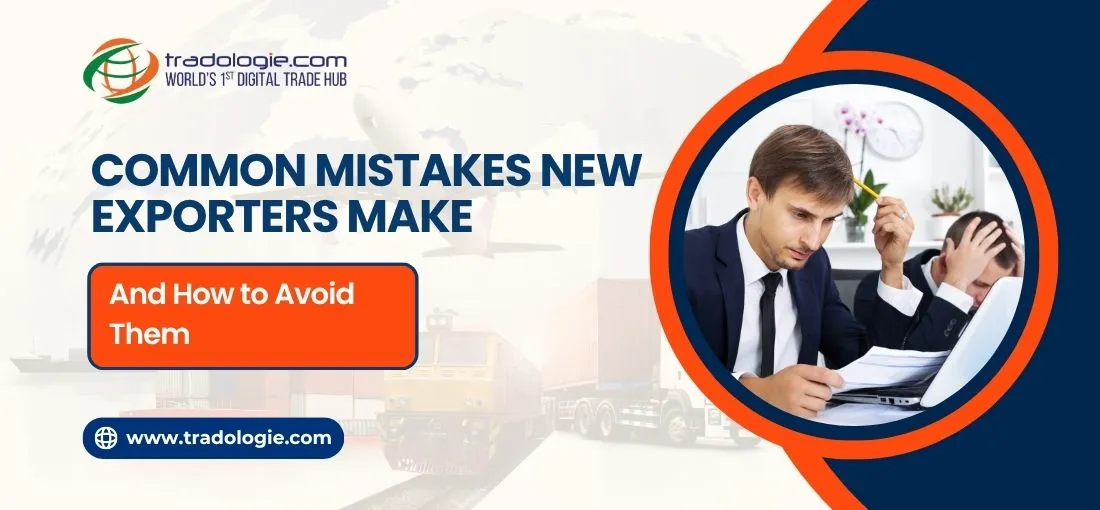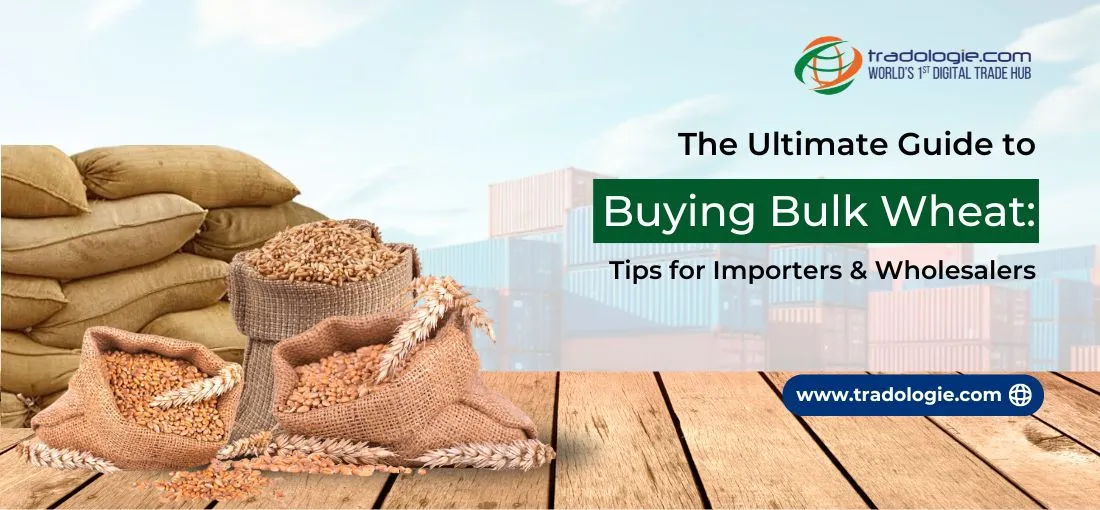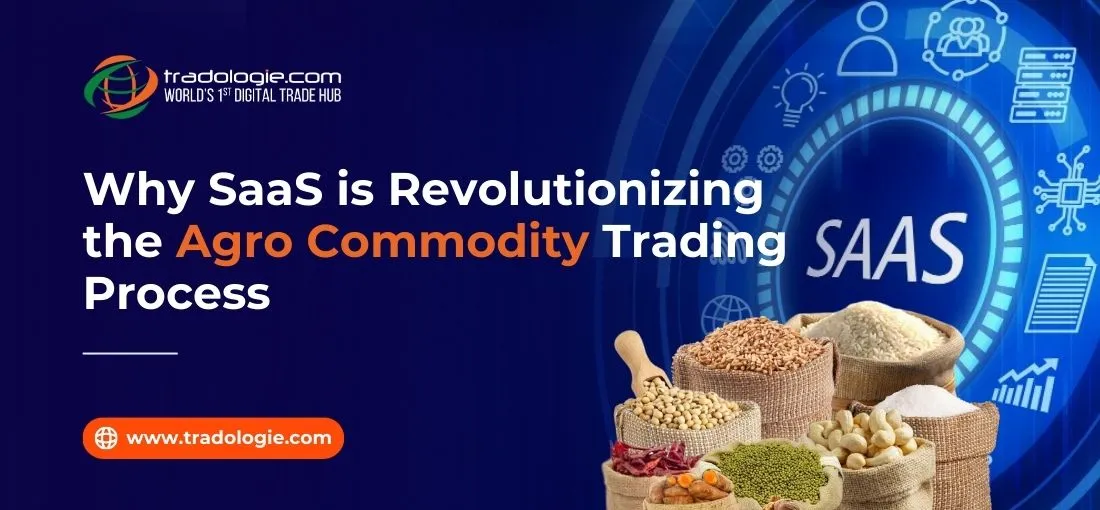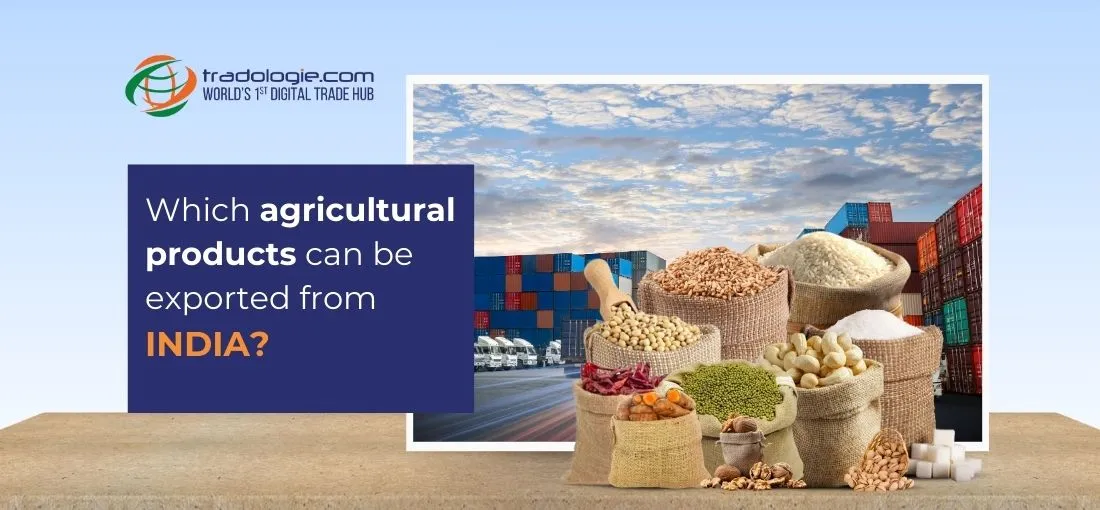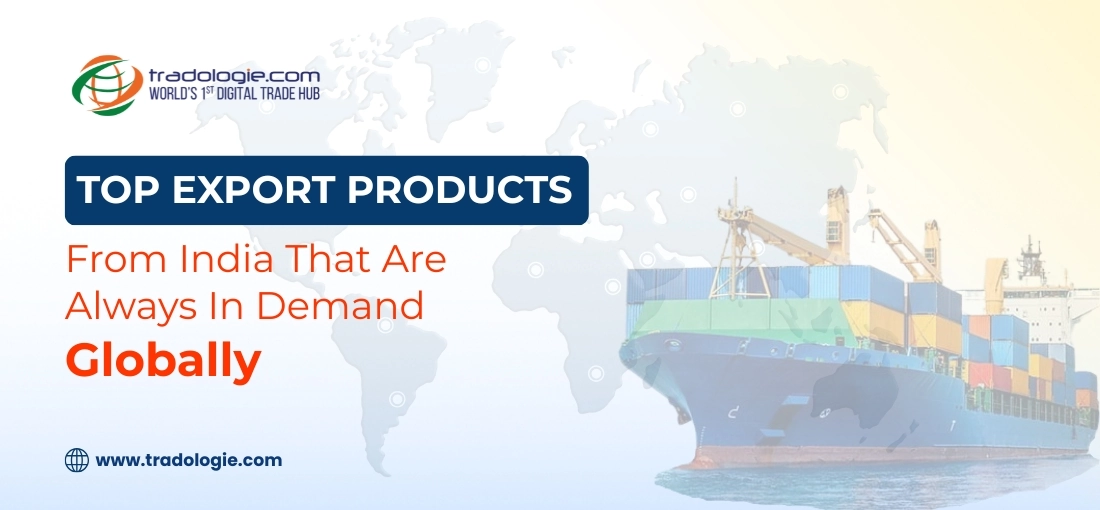Key Highlights: Common Mistakes in Agro-Export & How to Avoid Them
- Lack of Market Research → Exporting the wrong product to the wrong region (e.g., pushing non-basmati rice in the US). Solution: Study demand, buyer preferences, and pricing trends before entering a market.
- Handling Too Many Products at Once → Leads to chaos, delays, and poor quality control. Solution: Start with 1-2 commodities, build expertise, then expand gradually.
- Wrong Payment Terms (LC Issues) → Choosing lenient or unclear LC terms increases risks of delayed or no payment. Solution: Use secure options like Irrevocable or Confirmed LC, and understand timelines clearly.
- Over-Reliance on Intermediaries → Trusting brokers blindly reduces profits and limits transparency. Solution: Verify prices, cross-check markets, and build direct buyer relationships.
- Chasing Unreliable Leads → Port data & online directories often give outdated, recycled contacts. Solution: Focus on verified buyers via trusted B2B platforms (e.g., Tradologie.com).
- Overpricing Commodities → Setting unrealistic prices drives buyers away. Solution: Stay competitive, align with market rates, and build trust before scaling profits.
Stepping into the agro-export industry is a lucrative journey and has a lot of potential. But it’s not all smooth sailing. The global market has enormous opportunities to sell agro commodities, but newcomers often trip up early on, burning cash and stalling growth. Most of these slip-ups are a result of not knowing the market or lacking enough experience.
If you are planning to export agro commodities, avoid these common mistakes. Here’s the lowdown on what to watch out for and how to avoid the pitfalls.
Skimping on Market Research
You’ve got to know what the market wants. Think selling non-basmati rice in the US is a wise decision? Well, not so. Too many newcomers leave the research out and end up pushing products nobody’s buying or those that are oversaturated in the market. Without a firm knowledge of what customers prefer, what prices work, or how the market shifts, you are doing nothing more than taking big risks. Do thorough research and figure out what’s in demand, what buyers will pay, and how to stay flexible.
Trying to Juggle Too Many Products
So you want to be a jack of all agro trades? Well, that’s the biggest mistake. New agro commodity exporters often take on more than they can manage, trying to ship a dozen different commodities at once—rice, turmeric, black pepper, and dry fruits, to name a few. It’s tempting to pursue every market out there, but that’s a perfect path to chaos. Stick to one or two products to start. Nail down your process, build your reputation, and keep things manageable. Once you’ve got a solid foundation, then you can branch out.
Choosing the Wrong Payment Terms
One of the trickiest aspects of agro-export is managing the payment process. New agro commodity exporters often make mistakes by choosing the wrong Letter of Credit (LC) terms. For example, they may select terms that are too lenient, such as offering buyers excessive credit or overly relaxed conditions. This can lead to delayed payment or, worse, non-payment altogether.
It’s essential to choose an LC that ensures secure, timely payments, such as an irrevocable LC or a confirmed LC, especially when dealing with unfamiliar buyers. Additionally, it’s important to fully understand the terms of the LC, such as the document submission timeline and the payment release date.
Relying Too Much on Intermediaries
Intermediaries can connect you with buyers, but trusting their prices without verifying them yourself is a big mistake. New exporters often get stuck with low offers or bad information because they didn’t check the market on their own. That’s a fast track to slim profits or missed opportunities. Build your own connections with buyers and do your own price checks to make sure you’re not being undercut.
Chasing Unreliable Leads
Most sellers often get tempted with port data and online directories and think they can get them genuine buyers. However, such sources are often full of outdated or unreliable leads. Cold-calling or sending mass emails from these lists usually just wastes your time because such data is already being followed by most businesses. Focus on real, verified buyers instead. Platforms like Tradologie.com can connect you with legitimate buyers ready to purchase and make it more seamless to export agro commodities.
Pricing Yourself Out of the Game
Some newcomers think high prices mean big profits, but that’s a big mistake. If you’re not a well-known name yet, inflating prices will just scare buyers off. Price smart—check what the market’s paying and keep it competitive. Build trust and a solid reputation first, and the profits will follow.
Conclusion
Starting an agro-export business takes serious planning, a sharp eye on the market, and focused effort. Avoid these mistakes—stick to a niche, do your research, connect directly with buyers, and price correctly—and you’ll save yourself a ton of headaches while setting up for long-term success.

